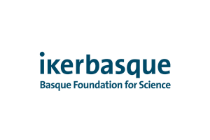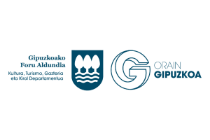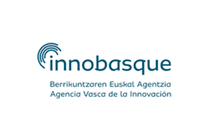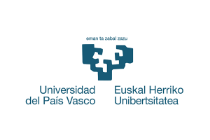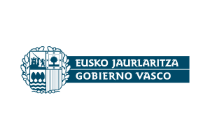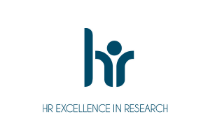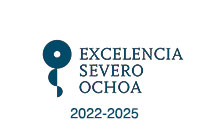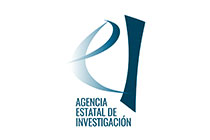 Aurreko ekintzak: Mohamed L. Seghier. The role of neuroimaging in testing the predictive power of language recovery pathways after stroke
Aurreko ekintzak: Mohamed L. Seghier. The role of neuroimaging in testing the predictive power of language recovery pathways after stroke
Mohamed L. Seghier. The role of neuroimaging in testing the predictive power of language recovery pathways after stroke
What: The role of neuroimaging in testing the predictive power of language recovery pathways after stroke.
Where: BCBL auditorium
Who: Mohamed L. Seghier, PhD., Wellcome Trust Centre for Neuroimaging, UCL, London, UK.
When: 12 noon
In clinical fMRI, there is a growing interest in understanding and explaining why language outcomes and recovery can vary from patient to patient, even when they have seemingly similar lesion sites. Understating inter-patient variability is extremely helpful when it comes to developing neurological models that have good predictive power. In our group, we aim to create a clinical tool (called PLORAS) that can generate data-led predictions about language outcome and long-term recovery after stroke. To improve the accuracy of the generated predictions, we are using fMRI and lesion-deficit analysis to understand inter-subject variability in the functional representation of a range of language functions in both healthy subjects and stroke patients. Here we seek explanations of variability at the system/network level because we know from prior work that a post-stroke deficit reflects the perturbation of complex interactions among many regions. To do that we use (i) DCM on fMRI data to identify the neuronal pathways that sustain recovery when parts of the normal system are damaged, and then (ii) cross-validate the fMRI-DCM findings with lesion-deficit analyses in new patients selected from our PLORAS database. This procedure allows the explanatory power of the identified pathways to be tested. I will show data from a patient with left capsular-putaminal damage to illustrate this rationale.
